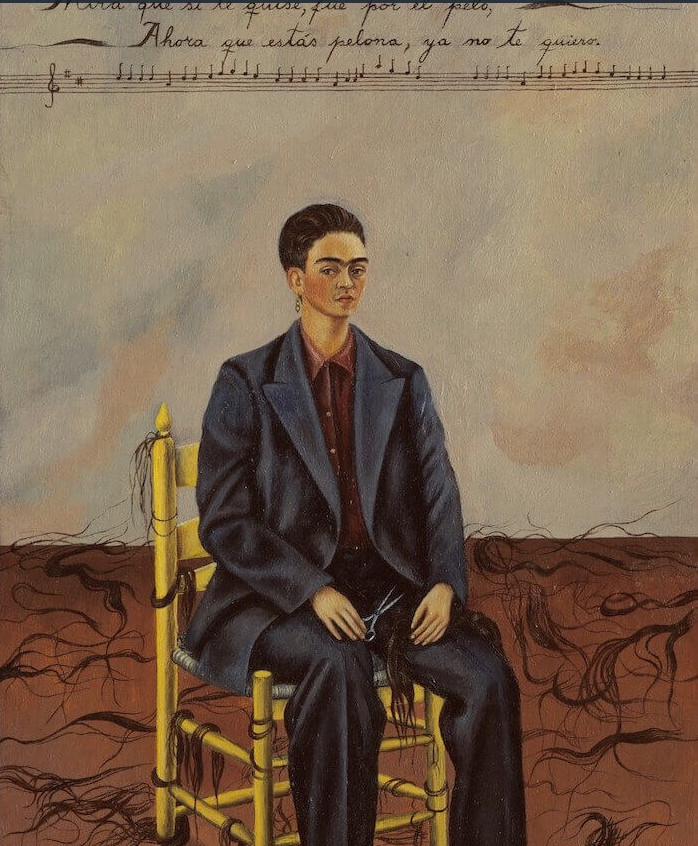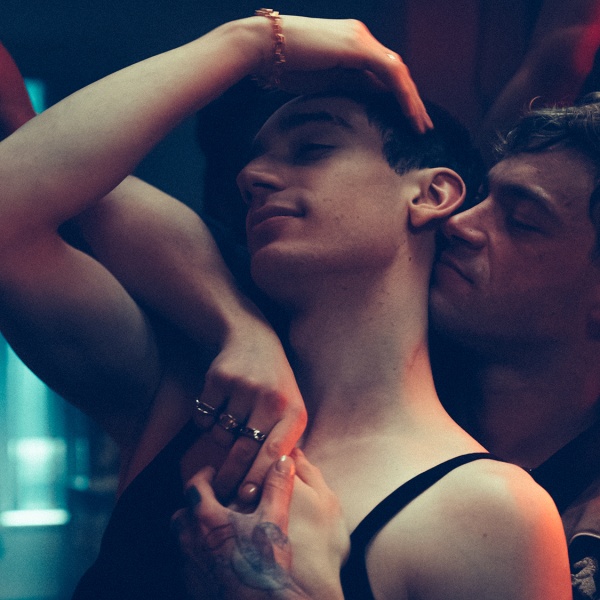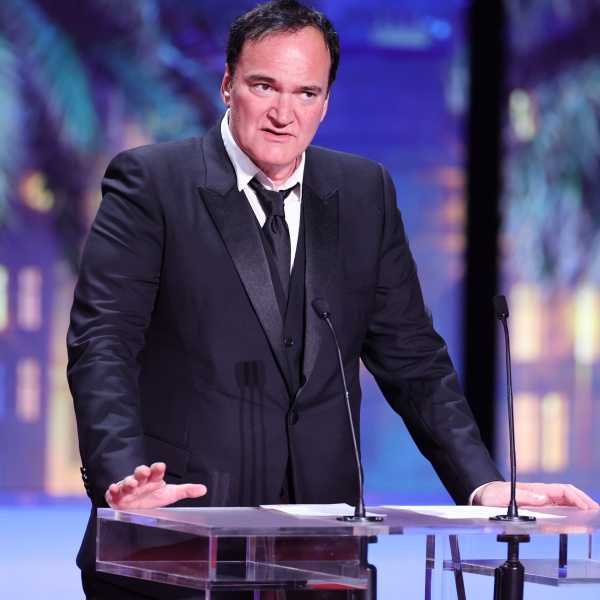At the world premiere of Frida during the 2024 Sundance Film Festival, audiences couldn’t stop talking about director Carla Gutierrez’s choice to animate Frida Kahlo’s paintings throughout the documentary about the artist — and not always in a good way.
“We knew that it was a bold decision,” Gutierrez told IndieWire of the conversation that sprang up around the film. “Obviously, when you’re putting out a film and you’re getting the first reactions, you take them really intensely, and it’s just like, ‘Oh, OK.’ But we had so many conversations about what we meant and what we wanted to do with animation, that a lot of the things that people brought up or questioned were actually questions that we posed ourselves through the process.”
Though controversial — IndieWire’s Christian Zilko wrote, “Rather than show [Kahlo’s] actual paintings, the film relies on animated versions of them that bring her portraits to life. The execution is impressive, but it deprives viewers of the chance to see her work unvarnished while listening to her words” — the choice to engage with Kahlo’s oeuvre via animation makes thematic sense. “Frida” (now streaming on Prime Video) is told exclusively through primary accounts and mostly through Kahlo’s own writings, rendered in voiceover by Fernanda Echevarría del Rivero. And because Kahlo’s self-portraits were as intimately revealing as her letters, the animation provided the same narrative momentum as her words.
“The concept was it’s her voice,” Gutierrez said. “So, her voice is also the art, right? That’s the way that I always thought about it. So it’s her voice in every way. From the very, very beginning, it was like, ‘How do we show her internal world?’ She can carry a lot of her story with her own words. But what are the ways that we’re going to be able to immerse ourselves in her internal world and her emotions?”
Gutierrez points to her background as an editor on documenatries including “RBG” and “Julia” as another reason the animated aspect of “Frida” was embedded in the very idea of the documentary. “I don’t always want to rely on written words or a spoken word or voiceover,” she said. “I’m always thinking of, visually, how do we present her internal world and that emotion? So that conversation with how to present the art, it was very organic to how we are presenting her voice in general.”
The animation of Kahlo’s paintings provides a surprisingly deep appreciation of her inner turmoil but also a visceral sense of the freedom that painting gave her. In Kahlo’s own words (heard in the exclusive clip below), “painting completed my life.” The documentary then cuts to several of Kahlo’s paintings, all subtly animated in ways that force us to engage with them in a fresh way.
“As we see Frida painting at the end of her life and we hear her tell us how art completed her life in the face of so much loss, I wanted to show emblematic paintings that portrayed the grief and loss during Frida’s lifetime,” Gutierrez said. “’The Tree of Hope’ represents the many surgeries she underwent in the last years of her life. ‘Memory’ is about the heartache she suffered during her separation from Diego Rivera. ‘Henry Ford Hospital’ is about the loss of a pregnancy. ‘The Broken Column’ shows her broken body because of a brutal accident when she 16. These were the losses Frida suffered, but painting her experiences allowed her to release her pain and find catharsis.”
The ways in which we interact with art in museums or galleries are more immediate than in the flat, two-dimensional ways they appear in film, which raised a question for Gutierrez as she worked on “Frida”: “How do we guide the audience through the art so that they pay attention to that emotional detail in the painting that I want them to pay attention to within the narrative?” Gutierrez said, pointing out the ways in which the film’s animation seeks to circumvent that barrier and bring the same sense of immediacy to Kahlo’s work as when viewing it in person.
Not that animating some of the most famous paintings of the 20th century was an easy task. “We started really early on connecting to big companies in Mexico because we wanted to collaborate with as much Mexican talent as we could,” Gutierrez said of the hiring process for the film’s animators. “And we happen to also be looking for art everywhere. So we’re looking at Facebook, we’re looking at Twitter, like Mexican artists. And we found this amazing female artist on Instagram. Didn’t know much about her, but contacted her.” That artist put Gutierrez and team in touch with Renata Galindo and Sofía Cáceres, who formed a collective of mostly female artists to bring Kahlo’s paintings to life in a fresh way.
“It was just so wonderful to be in collaboration with this group of Mexican women animators,” Gutierrez said. “We were kind of a little obsessive with our research. When we were grading the color of our paintings, we had the Taschen Frida book. [But the animators] would go to Casa Azul to look at the color of the actual paintings because we weren’t sure about the published color. So yeah, it’s a little obsessive!”
“Frida” is now streaming on Prime Video.





